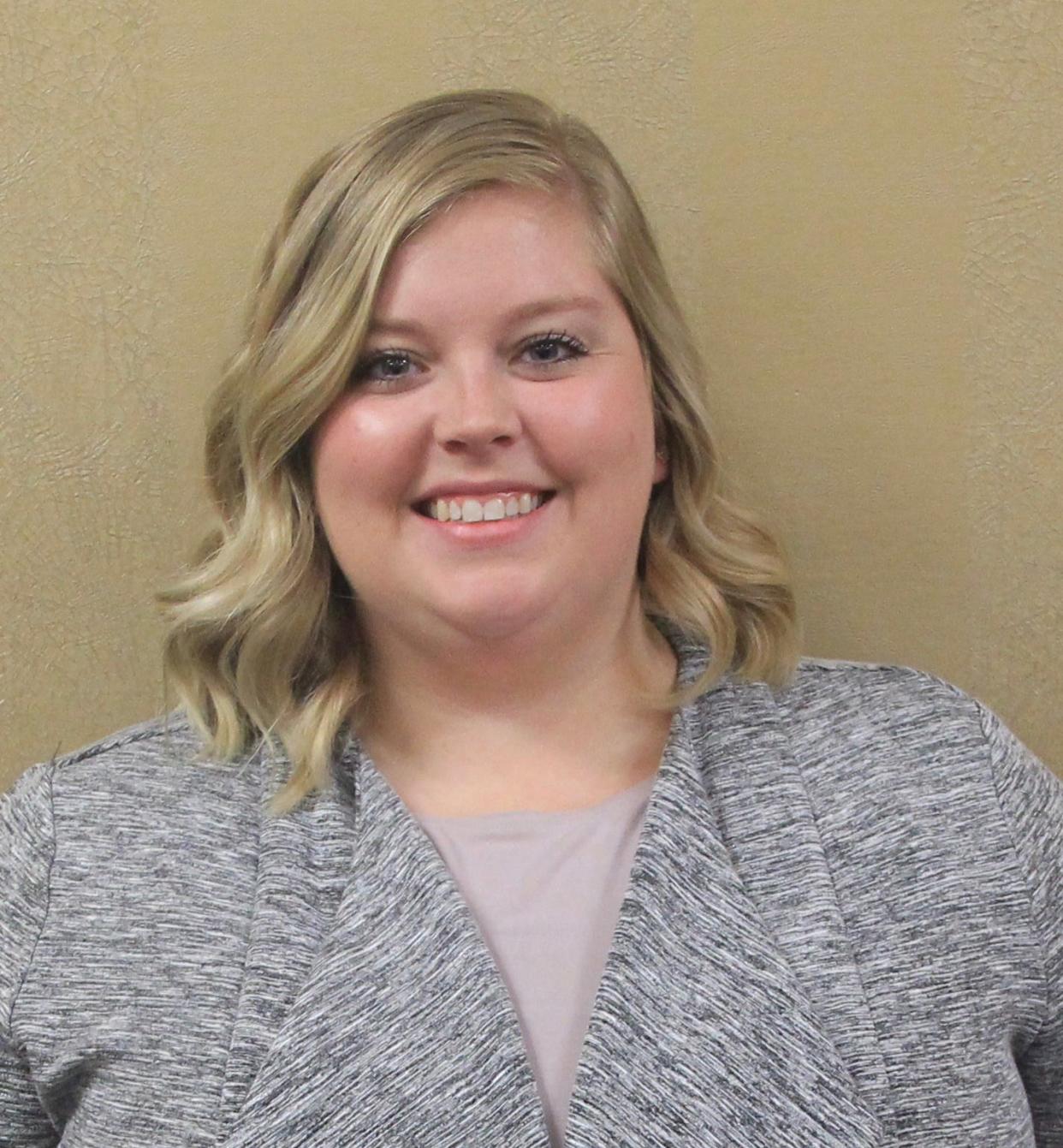Kansas child care bill does not address state's biggest problem

For the past several years Kansas families have suffered from a systemic lack of child care.
Access to child care is a problem in both urban and rural areas. 104 of the state’s 105 counties have a higher demand for child care than availability.
According to Child Care Aware of Kansas, the state has a shortage of approximately 85,000 child care slots to meet existing demand.
The supply and demand issue raises child care costs and prices many parents — mostly mothers — out of the workforce.
According to the U.S. Department of Health and Human Services, child care is affordable if it costs no more than 7% of a family’s income.
More: 'We can't wait' — Kansas lawmakers narrowly advance overhaul of child care regulations
However, in Kansas about 29% of a working mother’s salary is spent on child care costs alone, making Kansas child care costs as a percentage of salary one of the highest in the country.
Furthermore, infant care costs in our state exceed the expense of full-time college tuition at a public university, and child care costs for kids under the age of four are about equal to full-time public university tuition costs.
Last month the state senate passed a bill with a proposed “solution” to the child care crisis. However, the bill essentially just puts a bandaid — and not a very good one — on a firehose.
Currently, Kansas has strict regulations for training, furthering education, licensing, and adult-to-child ratios in the child care field.
These requirements were put in place to ensure child safety. In 2010, the Legislature passed a law requiring all child care facilities to be licensed and gave the Kansas Department of Health and Environment the authority to create regulations and requirements for child care facilities.
Should the senate bill pass the state house and become law, it would significantly decrease current regulations.
Experts are concerned that such a law would move Kansas away from national standards and best practices. Additionally, the current proposal’s lax policies on continuing education would put many Kansas child care providers out of compliance with existing requirements to receive federal funding. Should that happen, it could create a scenario where the state has even fewer child care options than we have right now.
The bill would also increase the workload by allowing an additional child per adult without solving the problem that has led to the worker shortage in the first place — exceptionally low wages.
According to the US Secretary of Commerce, Gina Raimondo, child care is one of the lowest paying occupations in the country, oftentimes making only minimum wage.
More: KDHE says Stormont Vail child care waiver granted — but not because of Gov. Laura Kelly intervention
This bill does not solve that problem.
Last year, the state legislature signed a child care tax credit that incentivizes businesses to provide child care services at their place of employment. That tax credit also did not solve the ongoing child care crisis.
Critics of the bill highlight that it was rushed through the Senate without input from child care providers or child development experts. It shows.
The crux of the matter is that until wages increase there will continue to be a massive child care shortage.
Rather than passing stop gaps and false solutions, the state needs to incentivize providers to raise wages for their workers without parents having to bear the burden.
Alexandra Middlewood is an assistant professor of political science at Wichita State University.
This article originally appeared on Topeka Capital-Journal: Kansas child care shortage needs wage solutions, not lower regulations
